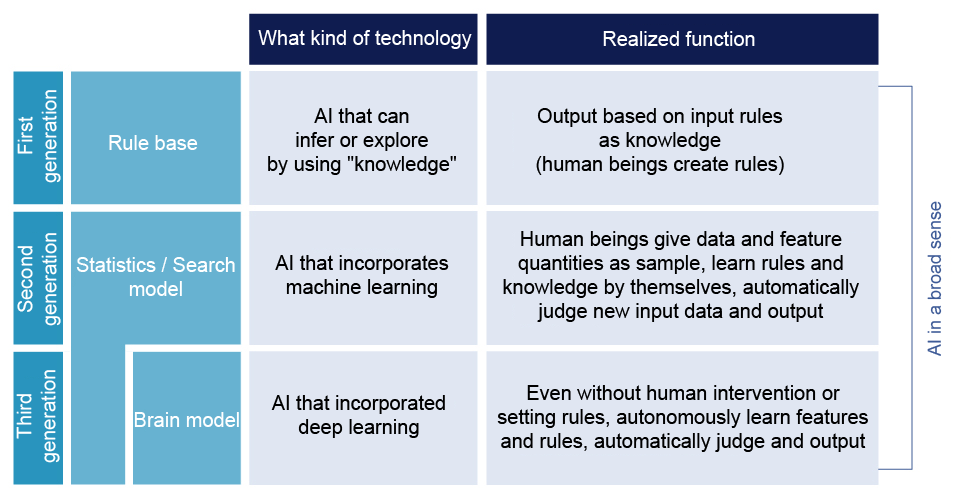
Chatbots for educators can make your classroom more efficient. These programs automate administrative tasks. They reach a wider audience and are more accessible than human administrators. These programs can answer repetitive questions, send reminders and notifications, and collect student information. Chatbots are able to collect student information and send them notifications, unlike administrators. Chatbots can be faster than humans, and they can handle more complicated tasks such as student information collection.
Learning assistants
Artificially intelligent chatbots have revolutionized the learning process for students and teachers. Instead of having students complete a form for each class they are taking, teachers can instantly send them messages that the chatbot can reply to. Chatbots will be able not only to answer different questions but also analyze students' learning styles to tailor their responses. The chatbot can be used to communicate with students, allowing it to adapt to their needs.
RQ2 recently published a study on chatbots and education. The research examined the potential benefits of educational chatbots. It identified four main questions that could be used to explore their future potential and usefulness. The study found that educational chatbots could improve the learning experience for students by providing instant support, integrating contents, and encouraging personalised learning. Teachers can also share the same information with multiple chatbot users, making it easier to assess this technology's effectiveness.

AI-enhanced Software
A major advantage of using chatbots for educational purposes is that they can solve a wide range of problems that students face. They can not only solve login and registration problems but also assist students with many other issues. Chatbots can also help students make friends. Millennials are notoriously impatient, and they expect instant answers to all their questions. AI-enhanced chatbots can fulfill this need by offering 24 hour student support.
Education chatbots can also serve as an educational help desk, reducing the cost of hiring human help desk representatives. Education chatbots are able to answer questions and direct students to the right pages. This can help improve learning environments and increase student enrollment. Students often worry about making the wrong career decision or choosing from among multiple schools. AI-enhanced applications can make the process easier by answering common questions as well as providing information about the campus, its facilities and scholarship opportunities.
Conversational agents
Conversational Agents have been proven to be a positive addition to the classroom. Teachers report better support and learning for students who use them. This is partly due to the improved interaction and feedback processes students experience with the chatbot. Chatbots have a greater impact than that. The students themselves identify the chatbot as an excellent learning partner. The benefits of the chatbot go far beyond its educational potential. Let's take a look at what they can do to increase student learning with this technology.
The study's methodology examines articles published in six reputable digital databases. It excludes book chapters or other publications. It also restricts the scope of the study to articles related teh use of chatbots in tertiary education. This is especially true for social and health education. This limitation may be overcome if keywords are used to refer to other types. In addition to these, more research is needed to determine whether Chatbots have positive effects on education.

Tutor support
Chatbot tutoring can make learning easier and help reduce the need for teacher support. Chatbots can also be programmed to send reminders or notifications and can even be trained to provide personalized tutoring. Teachers can streamline student-teacher communication by using chatbots that tutor. Teachers can save time and enhance the bot's capabilities by providing common questions and queries. Chatbots may also be able to incorporate third-party educational tools, which can assist students in their learning and align with the subject matter.
Teachers' workloads are already strained by long hours, and most of the work they perform is mundane and repetitive. Chatbots can automate tasks such as scoring tests, sending assignments, tracking student attendance, and sending notes and recordings. They can even make recommendations based on the teacher's preferences and schedule. These features make tutor support for educational chatbots simple to implement and will prove to be a huge asset for students and teachers.
FAQ
Who invented AI and why?
Alan Turing
Turing was conceived in 1912. His father, a clergyman, was his mother, a nurse. At school, he excelled at mathematics but became depressed after being rejected by Cambridge University. He took up chess and won several tournaments. He worked as a codebreaker in Britain's Bletchley Park, where he cracked German codes.
He died in 1954.
John McCarthy
McCarthy was born 1928. He studied maths at Princeton University before joining MIT. There he developed the LISP programming language. He had laid the foundations to modern AI by 1957.
He passed away in 2011.
How do AI and artificial intelligence affect your job?
AI will eliminate certain jobs. This includes taxi drivers, truck drivers, cashiers, factory workers, and even drivers for taxis.
AI will bring new jobs. This includes positions such as data scientists, project managers and product designers, as well as marketing specialists.
AI will make it easier to do current jobs. This includes positions such as accountants and lawyers.
AI will improve the efficiency of existing jobs. This includes agents and sales reps, as well customer support representatives and call center agents.
How does AI function?
An artificial neural network is made up of many simple processors called neurons. Each neuron processes inputs from others neurons using mathematical operations.
Neurons are organized in layers. Each layer performs a different function. The first layer gets raw data such as images, sounds, etc. Then it passes these on to the next layer, which processes them further. The final layer then produces an output.
Each neuron is assigned a weighting value. When new input arrives, this value is multiplied by the input and added to the weighted sum of all previous values. If the result is greater than zero, then the neuron fires. It sends a signal to the next neuron telling them what to do.
This cycle continues until the network ends, at which point the final results can be produced.
Where did AI come from?
In 1950, Alan Turing proposed a test to determine if intelligent machines could be created. He stated that a machine should be able to fool an individual into believing it is talking with another person.
John McCarthy wrote an essay called "Can Machines Thinking?". He later took up this idea. in 1956. It was published in 1956.
Is there another technology that can compete against AI?
Yes, but still not. Many technologies have been created to solve particular problems. But none of them are as fast or accurate as AI.
What countries are the leaders in AI today?
China is the world's largest Artificial Intelligence market, with over $2 billion in revenue in 2018. China's AI market is led by Baidu. Tencent Holdings Ltd. Tencent Holdings Ltd. Huawei Technologies Co. Ltd. Xiaomi Technology Inc.
The Chinese government has invested heavily in AI development. Many research centers have been set up by the Chinese government to improve AI capabilities. These include the National Laboratory of Pattern Recognition, the State Key Lab of Virtual Reality Technology and Systems, and the State Key Laboratory of Software Development Environment.
China is also home to some of the world's biggest companies like Baidu, Alibaba, Tencent, and Xiaomi. All of these companies are working hard to create their own AI solutions.
India is another country which is making great progress in the area of AI development and related technologies. The government of India is currently focusing on the development of an AI ecosystem.
Statistics
- More than 70 percent of users claim they book trips on their phones, review travel tips, and research local landmarks and restaurants. (builtin.com)
- By using BrainBox AI, commercial buildings can reduce total energy costs by 25% and improves occupant comfort by 60%. (analyticsinsight.net)
- Additionally, keeping in mind the current crisis, the AI is designed in a manner where it reduces the carbon footprint by 20-40%. (analyticsinsight.net)
- In the first half of 2017, the company discovered and banned 300,000 terrorist-linked accounts, 95 percent of which were found by non-human, artificially intelligent machines. (builtin.com)
- The company's AI team trained an image recognition model to 85 percent accuracy using billions of public Instagram photos tagged with hashtags. (builtin.com)
External Links
How To
How to setup Google Home
Google Home is a digital assistant powered artificial intelligence. It uses natural language processors and advanced algorithms to answer all your questions. Google Assistant can do all of this: set reminders, search the web and create timers.
Google Home can be integrated seamlessly with Android phones. You can connect an iPhone or iPad over WiFi to a Google Home and take advantage of Apple Pay, Siri Shortcuts and other third-party apps optimized for Google Home.
Google Home, like all Google products, comes with many useful features. It will also learn your routines, and it will remember what to do. It doesn't need to be told how to change the temperature, turn on lights, or play music when you wake up. Instead, all you need to do is say "Hey Google!" and tell it what you would like.
These are the steps you need to follow in order to set up Google Home.
-
Turn on Google Home.
-
Press and hold the Action button on top of your Google Home.
-
The Setup Wizard appears.
-
Select Continue
-
Enter your email address and password.
-
Register Now
-
Google Home is now available